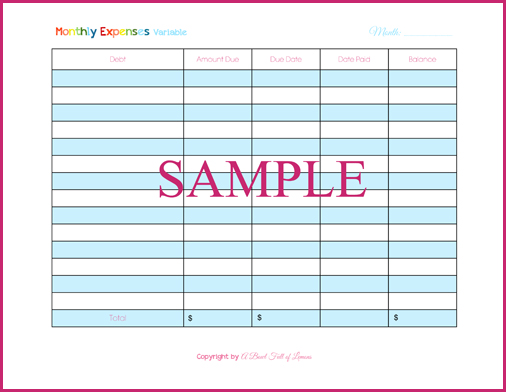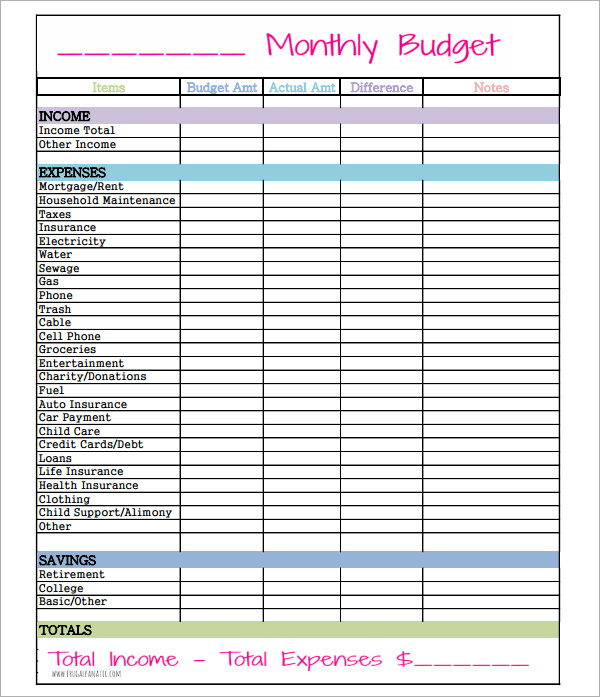

- #TYPICAL MONTHLY EXPENSES FULL#
- #TYPICAL MONTHLY EXPENSES SOFTWARE#
- #TYPICAL MONTHLY EXPENSES TRIAL#
- #TYPICAL MONTHLY EXPENSES FREE#

#TYPICAL MONTHLY EXPENSES FULL#
Performing an audit of your business operating expenses might take an afternoon, or even a full day, but it can illuminate your business decisions to reduce costs this month. Minimize marketing and advertising budgets and freeze discretionary spending within your departments–things like customer meals and travel can add up quickly. Cancel subscriptions, used and unused, for a one-click impact on your monthly expenses. Lunch, snacks, and other extra workplace perks and supplies are an easy first step for cuts that can reduce your business expenses this very month. Take a look at your existing monthly expenses, both variable expenses and fixed expenses and see if there are any that can be eliminated, even if just on a temporary basis.

The best way to make a fast and dramatic impact on your monthly expenses is to make cuts. Two or three interns can be cheaper than the cost of a single full-time employee, which can allow you to continue the work without the extra overhead. Interns can manage the tasks that are slowing down revenue-generating work. Consider creating an intern position with flexible hours and cost-effective pay that will end up benefiting your business. Interns are volunteer or lower-cost employees, often college or high school students looking to gain industry experience. Hiring interns is a popular choice that can create a win-win situation for everyone involved.
#TYPICAL MONTHLY EXPENSES TRIAL#
It may not be a sustainable option for the long term, but for a one or two month trial you may be able to see significant savings by trimming employees or employee hours. You may also consider consolidating your workforce, having some employees pick up additional responsibilities (a raise for doing more work may be cheaper than hiring a new employee), or minimizing the working hours of employees. Contract work is usually cheaper, as it doesn’t include the overhead of benefits and taxes. Instead of spreading work around to all employees, you can actually save money and create more time for revenue-generating work by hiring outside consultants or freelancers. Outsource & consolidateĪre a large number of your employees managing their own appointments or doing their own bookkeeping or writing? Are your salespeople wasting hours on marketing? It may be time to outsource elements of operations to outside experts.
#TYPICAL MONTHLY EXPENSES SOFTWARE#
As software services continue to update, you may find that one of your tools can now serve multiple purposes, allowing you to cancel or move away from other platforms and time-wasting practices.
#TYPICAL MONTHLY EXPENSES FREE#
Using a CRM (customer relationship management) system can help you close more sales and also free up hours of time for your staff to pursue more revenue.Īutomation and the introduction of new software might mean upfront cost and a slight learning curve, but the results can be both immediate and perpetual. Utilizing software to manage expenses or facilitate data entry or analysis can help with budgeting and identifying errors or fraud.



 0 kommentar(er)
0 kommentar(er)
